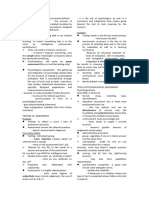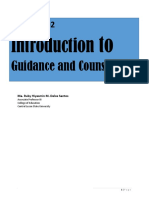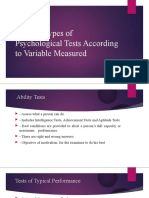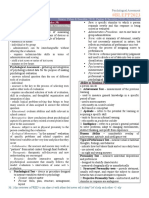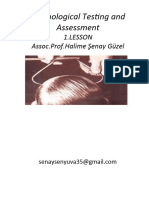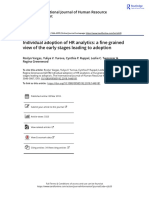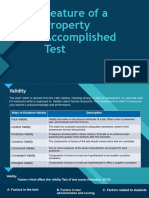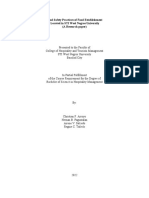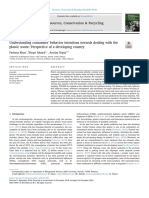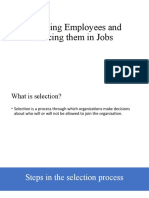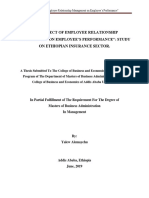0% found this document useful (0 votes)
21 views59 pagesPsychometrics in Counseling - Basic Test Elements
Uploaded by
gien.estadilla.swuCopyright
© © All Rights Reserved
We take content rights seriously. If you suspect this is your content, claim it here.
Available Formats
Download as PDF, TXT or read online on Scribd
0% found this document useful (0 votes)
21 views59 pagesPsychometrics in Counseling - Basic Test Elements
Uploaded by
gien.estadilla.swuCopyright
© © All Rights Reserved
We take content rights seriously. If you suspect this is your content, claim it here.
Available Formats
Download as PDF, TXT or read online on Scribd
/ 59










